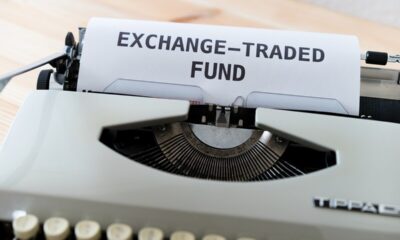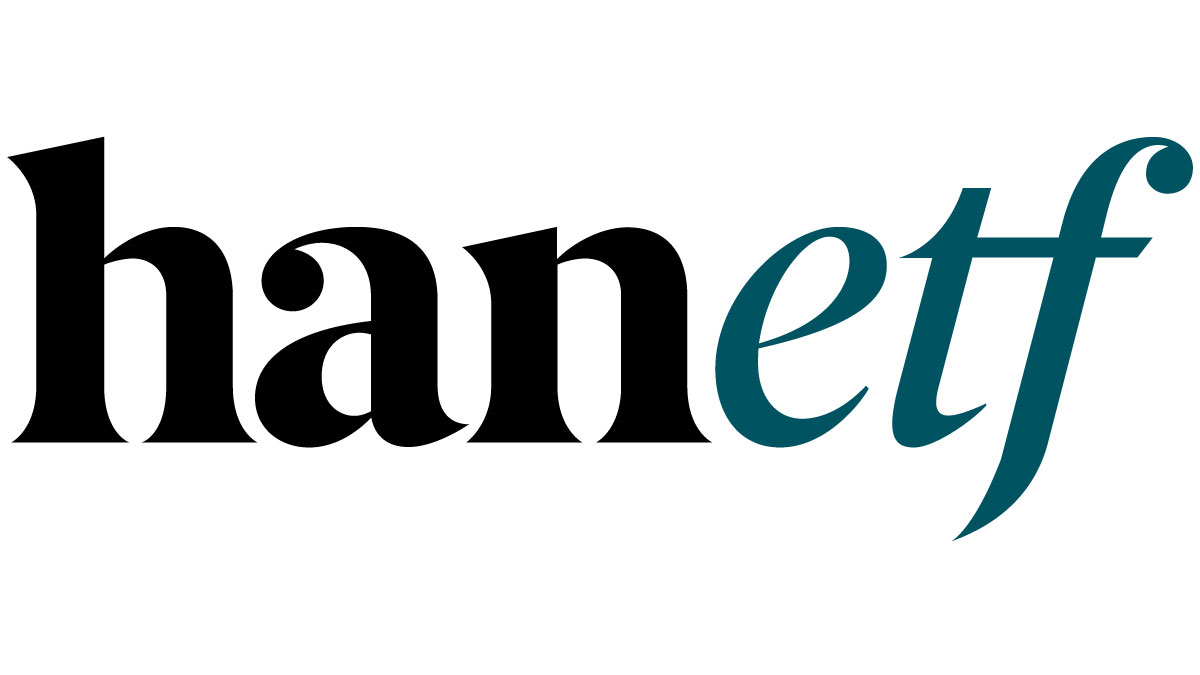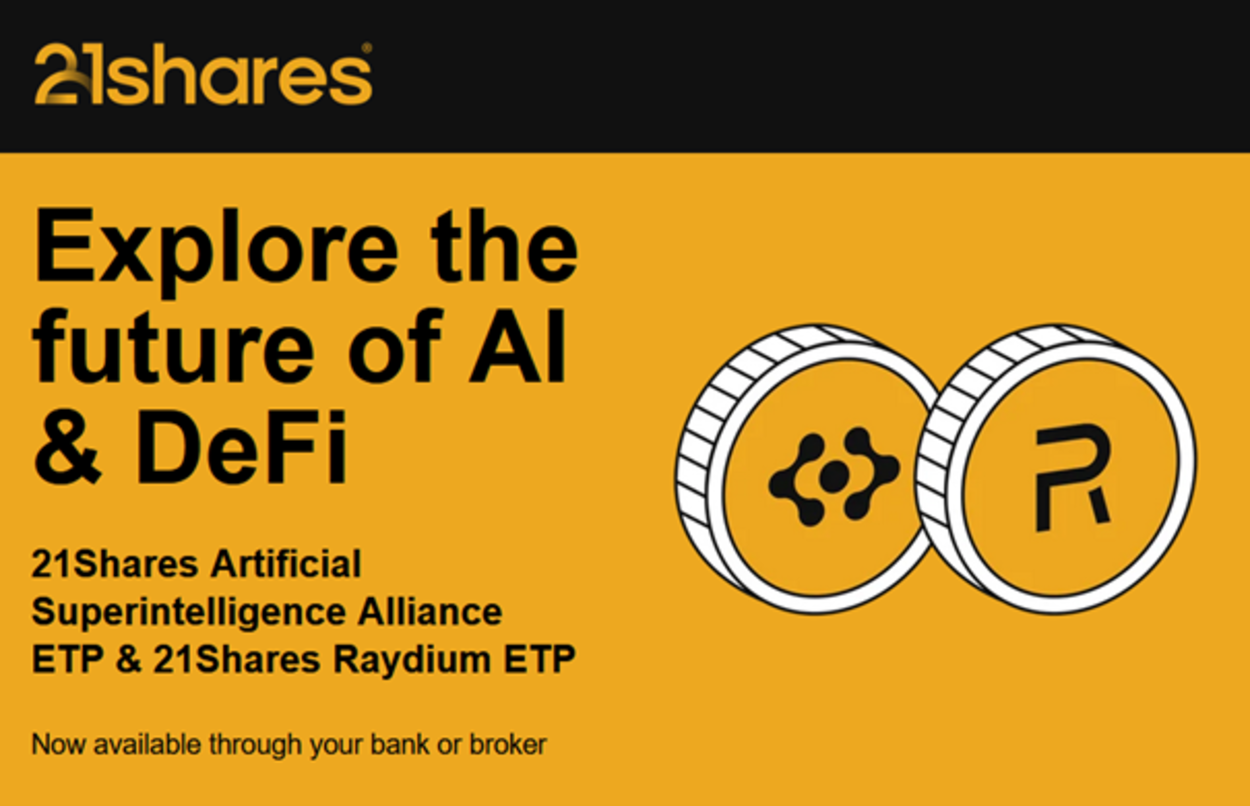Det krämvitfärgade fiberfyllda materialet känt för oss som bomull, har odlats i Indien i över 6000 år. Tillverkad av bomullsplantan är den idealisk för varma, semitropiska klimat, bladen är var och en uppdelad i tre delar, åtföljda av cylindriska frön där bomullsfibern blommar, för bearbetning och senare användas för bomull och bomullsfibrer. Bomullen används av alla klädmärken i världen, speciellt för jeansindustrin av märken som Levi’s Strauss och många andra. Handla Bomull med CFDer.
Fördelar för handel med bomull med AvaTrade
• Upp till 200:1 hävstång på Cotton CFD-affärer
• Handla på en 17,5 timmars marknad
• Support dygnet runt på 14 språk
• En internationellt reglerad mäklare
• Både manuella och automatiserade handelsplattformar tillgängliga
Bomullshandelsmarknad
Bomull som råvara har många egenskaper, dess starka, absorberande och hållbara, som används för att göra lätta och slitstarka kläder och tyger, och har blivit världens mest använda tyg för klädtillverkning hittills. Med detta är efterfrågan på bomull stor. Bomullshandel sker på New York Board of Trade-börsen (NYBOT), men handlas också på andra större börser, såsom Zhengzhou Commodity Exchange (ZCE) och Intercontinental Exchange.
Kontraktsspecifikationer
• Bomulls öppettider: 02:00 till 19:19 (GMT)
• Minsta handelsstorlek: 10
• Kontraktsstorlek: 100 lbs
• Tickersymboler: COTTON#2
• Prisuppgift: cent per lbs.
• Tickstorlek: 0,0001 USD
Vad som påverkar bomullspriset
Det är framför allt klimat- och vädermönstren som påverkar priset på denna vara, som med de flesta underliggande jordbrukstillgångar. Både översvämningar och torka kommer att ha en enorm inverkan på skördarna och bör arbetas in som en faktor när man vill handla med bomulls-CFD. Bomullspriserna kan också påverkas av konkurrerande textilier som dess främsta konkurrent ull och vissa syntetiska fibrer som polyester. Polyester är till exempel mycket enklare att få till och är billigare och kan sänka priset på bomull avsevärt, som 2003 års bomullsterminsprisrörelse.
De viktigaste länderna som bidrar till bomullsmarknaden för bomullshandel: på första plats är Kina som producerar 6 532 tusen ton, en nära tvåa är Indien som producerar 6 423 tusen ton och amerikanska bomullsproducenter med över 3 553 per år. Länder som konsumerar mest bomull är Kina med en ANVÄNDNING inhemsk konsumtion på 35 500 (1 000 480 lbs. balar) årligen, Indien med 24 000 och Pakistan 10 200. Dessa länder sägs konsumera mest bomull, men de flesta av deras slutprodukter säljs sedan vidare till Europa och över hela världen.
Förstå bomullshandel
Kom ihåg att alltid handla med råvaror som du kan hålla dig à jour med deras nyckelkomponenter såsom kontraktsvärde, marginalkrav och känna till ticker-symbolen (för det här exemplet kommer vi att använda detta: COTTON#2 @ 70,39). Värdet på råvarukontraktet baseras på det aktuella priset på marknaden, vilket multipliceras med den faktiska kontraktsstorleken.
För exemplet kommer vi att säga att bomullskontraktet motsvarar motsvarande 10 000 pound multiplicerat med $0,7039 per pound. En prisförändring från 70,39 till 72,24 skulle ge avkastning. ($0,7224 – $0,7039) x 10 000 = $185 vinst på en lång position eller motsvarande förlust på en kort position.
Vanliga frågor om bomullshandel
• Vad gör att priset på bomull förändras?
Bomullspriserna styrs främst av vädret. Översvämningar och torka kan ha en betydande inverkan på priset på denna jordbruksvara. Det finns dock några andra faktorer som kan påverka priset, såsom ändrade myndighetsföreskrifter eller priset på ersättning för bomull.
Priset på bomull rasade till exempel 2003 då polyester blev det föredragna materialet för många plagg. Värdet på den amerikanska dollarn kan också påverka priset på bomull, och det kan också priset på olja eftersom billigare olja betyder billigare polyestertyg.
• Ska jag handla bomull?
Som är fallet för många råvaror kan priset på bomull vara ganska volatilt. Istället för att dra sig undan denna volatilitet bör handlare anamma den. Ökad volatilitet ger också handlare en ökad chans att göra större vinster, särskilt i kombination med den hävstång som finns vid handel med bomull. Bomull är också ett bra sätt att spekulera i global tillväxt. I takt med att jordens befolkning växer ökar också behovet av bomull, men samtidigt kan mängden bomull som odlas minska när marken övergår till att odla mat för den större befolkningen.
• Hur kan jag handla bomull?
Det mesta bomull handlas genom terminskontrakt eller optioner. Dessa kanske inte är de bästa handelsfordonen för många återförsäljare. Ett termins- eller optionskonto krävs, och hävstången på terminer och optioner kan vara ganska stor. Den initiala investeringen för terminer är också ganska stor. Både terminer och optioner lider också av tidsförfall, vilket måste beaktas i handeln. Ett bättre sätt att handla med bomull är genom CFD:er, som möjliggör exponering mot marknaden och spekulation om prisförändringen på bomull utan någon av de andra bekymmerna.

 Nyheter3 veckor sedan
Nyheter3 veckor sedan
 Nyheter4 veckor sedan
Nyheter4 veckor sedan
 Nyheter4 veckor sedan
Nyheter4 veckor sedan
 Nyheter4 veckor sedan
Nyheter4 veckor sedan
 Nyheter2 veckor sedan
Nyheter2 veckor sedan
 Nyheter4 veckor sedan
Nyheter4 veckor sedan
 Nyheter2 veckor sedan
Nyheter2 veckor sedan
 Nyheter4 veckor sedan
Nyheter4 veckor sedan






















